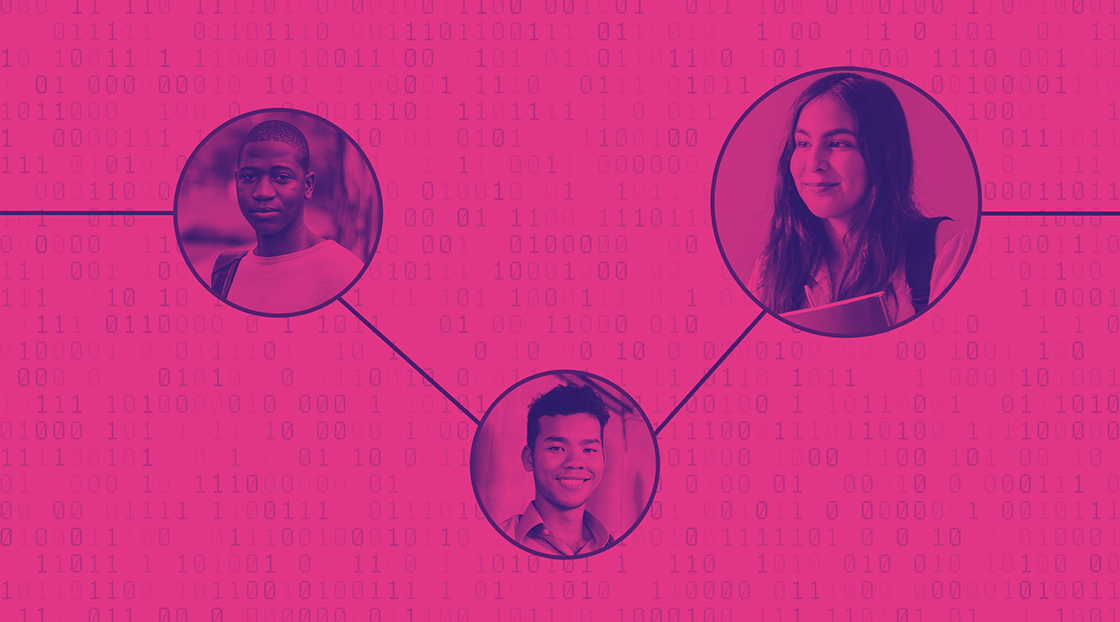Last month, the Government Account Office (GAO) released a report suggesting that Congress should investigate strengthening consumer protection when organizations use predictive analytics to improve their business outcomes. While that doesn’t sound like a higher education topic, some readers might have been surprised to find nine references to the admissions office in the document.
The report covered a lot of areas, but seemed to focus on admissions offices who use clustering models that they don’t develop themselves: Presumably, products or services offered by outside, for-profit companies.
That colleges use these tools might be surprising to some who don’t do admissions for a living, even though they’ve been in place for a long time and are becoming more popular as college enrollment falls and discount rates rise, putting pressure on budgets and operations.
If you go to a national conference — or even a small gathering — of admissions and recruitment professionals, you’re likely to see evidence of what I call ‘The Admissions Industrial Complex,’ dozens of companies eager and willing to sell tools to colleges to help them improve their enrollment numbers or financial performance. It’s not surprising: It’s often been said that there has never been a weapon invented that was never used, and the same might be said of business tools in admissions. If they’re out there, they’re going to be adapted to work in higher education.
Sophisticated models can be used to allocate precious admissions slots and to drive up yield, thus reducing the number of admissions offered, which increases selectivity even further.
As early as 1990, when models had to be input into mainframe versions of SPSS to run overnight, higher education was using tools to help predict which students might apply or how many admitted students were likely to enroll; in those days it was the essence of responsible planning, but when exactly this practice begat tools that can develop actionable intelligence is unclear.
But it was before 1996, when The Wall Street Journal ran an article suggesting that one highly selective institution would award less financial aid to pre-med majors because, well, they could. The university’s reputation in that area was so strong that it could effectively charge a higher price that enough students were willing to pay; even then, it was reasoned, any school that could do that would be foolish not to.
Today, colleges track lots of student activities that can measure demonstrated interest; some are overt (campus visits) and some covert (email opens, web visits, portal views, or information about a student’s neighborhood). Extremely sophisticated models might be used in places with very low admit rates in order to tightly allocate precious admissions slots and to drive up yield, thus reducing the number of admissions offered, which increases selectivity even further.
Colleges well down the food chain might do the same, with less sophisticated versions of the same tools, trying not to thrive but just to survive amid shrinking college attendance rates, and a demographic future that looks less than rosy. The pressure to put better numbers on the board to move up the rankings or boost egos is real at many institutions; naturally, the decision is made somewhere in the university that the cost of the consultants or the services is worth it.
Students and parents probably think this technology is unfair and gives colleges an unfair advantage. Colleges think students have all the power; after all, markets can decide in a flash that one college or one product no longer has the panache necessary to support its price point, and the college can suffer. And the last few years have taught many institutions that they’re not viewed as a necessity any more, as consumers hone their expectations and their price points.
It will be interesting to see what happens with the GAO recommendations. For now, we’re left with an imperfect system in which each side — consumers and businesses alike — seeks to gain a competitive advantage, as tends to happen in free markets.







